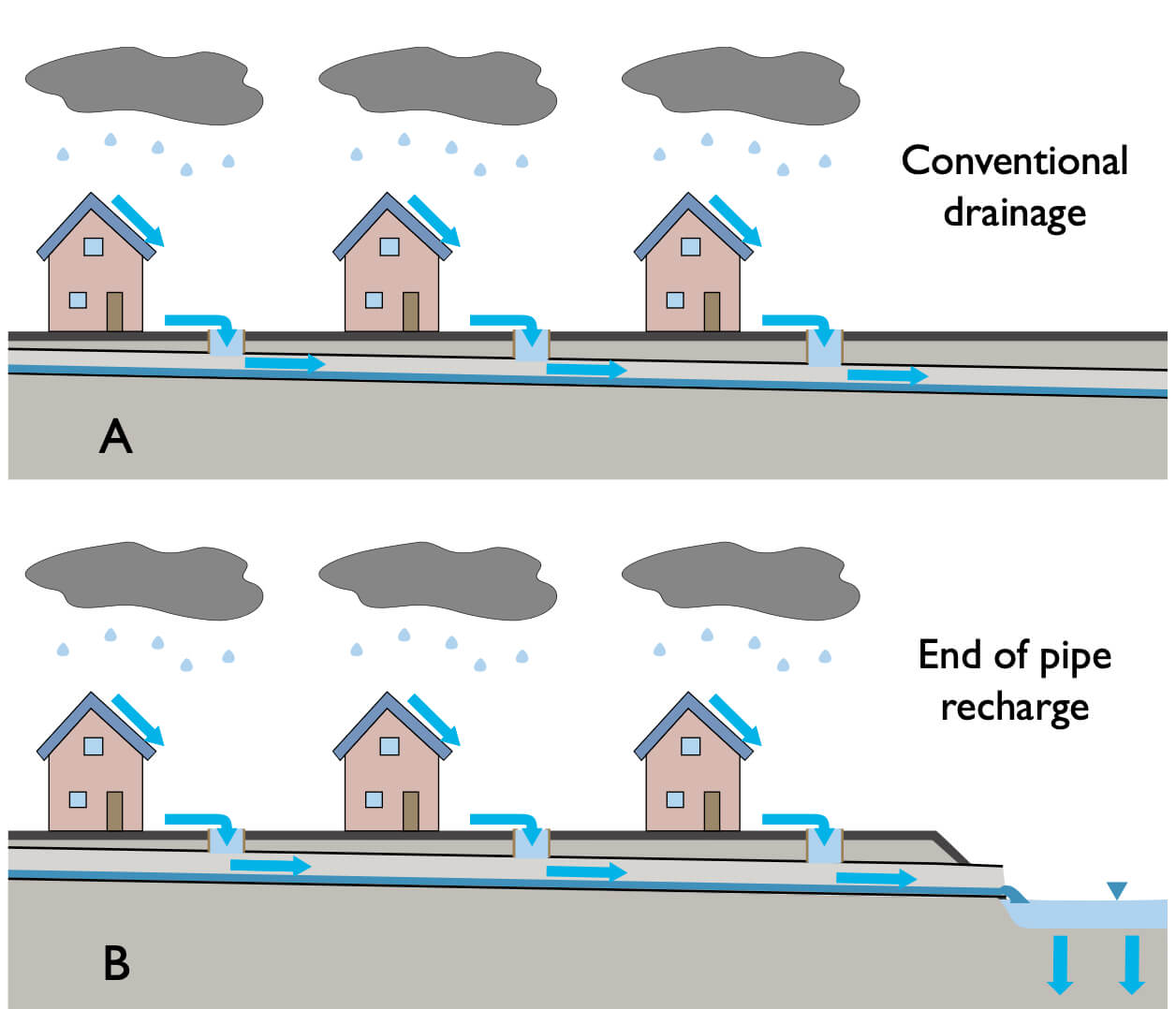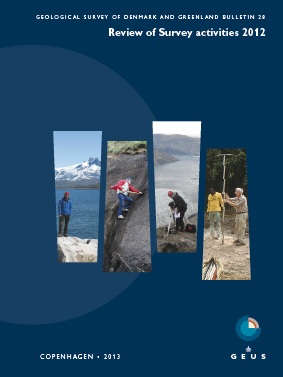
How to Cite
Share
Abstract
The global climate is expected to show continued warming throughout the coming century. As a direct consequence of higher temperatures, the hydrological cycle will undergo significant changes in the spatial and temporal distribution of precipitation and evapotranspiration. In addition to more frequent and severe droughts and floods, climate change can affect groundwater recharge rates and groundwater table elevation (Bates et al. 2008). Some previous studies of climate change impact on groundwater have suggested alarming reductions in ground-water recharge and lowering of water tables. Other studies, especially those focusing on regions of higher latitudes, have indicated a potential rise in water tables due to increased precipitation and recharge (Scibek & Allen 2006; Woldeamlak et al. 2007)
How to Cite
Share
Copyright (c) 2013 Mark T Randall, Lars Troldborg, Jens Christian Refsgaard, Jacob B Kidmose

This work is licensed under a Creative Commons Attribution 4.0 International License.
Downloads
Edited by Ole Bennike, Adam A. Garde and W. Stuart Watt
This Review of Survey activities presents a selection of 17 papers reflecting the wide spectrum of activities of the Geological Survey of Denmark and Greenland, from the microscopic to the plate-tectonic level.
The Survey's activities in Denmark and surrounding areas are [...]









